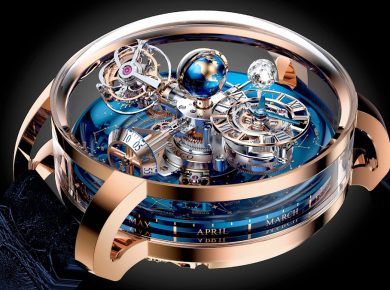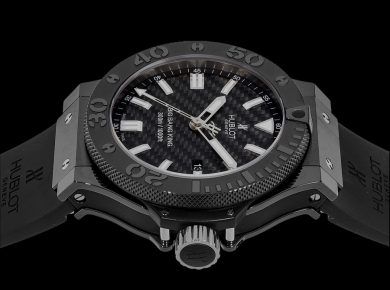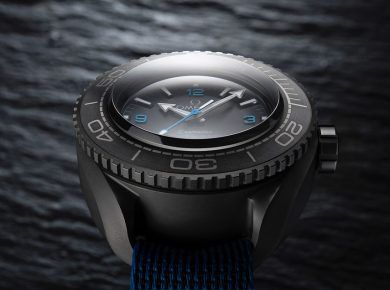
As someone deeply passionate about horology and cultural artistry, discovering Pirro‘s “Primordial Passion” has been nothing short of a revelation. When I first encountered this masterpiece from the heart of Tirana, Albania, it immediately challenged my perceptions of what constitutes luxury in the world of horology. Could this piece be one of the most expensive watches in the world? Absolutely, but its value transcends mere price tags, touching upon the soul of Albanian culture.
Imagine holding a timepiece that not only tells time but also narrates a story through its intricate design. Each of the twelve gold figurines on “Primordial Passion” represents a folk dancer from one of Albania’s diverse regions, meticulously engraved to a micron precision. These aren’t just static images; they are a dynamic celebration of heritage, each standing at 9-10mm height but towering in cultural significance. What emotions might these dancers stir in those who understand their roots?

Crafted with an unwavering dedication to detail, the watch features a central hours and minutes display that circles around four instrumentalists. It’s not just a watch face; it’s a stage, with performers caught in a moment of joyous musical exuberance. The movement behind this ballet of time is Agenhor’s creation, known for its reliability and precision. How often do you encounter a watch that merges such artistic flair with technical excellence?
The hands of the watch, shaped like the talons of an eagle, remind us of the soaring ambition behind this creation. They reflect the emblem of Pirro, symbolic of the brand’s vision to soar high and proud on the international stage of luxury watchmaking. This symbolism extends to the bi-color 18 karat gold that gleams with a promise of enduring beauty and strength.

Turning the watch over, I’m greeted by a micro-relief of the folk dancers on the back cover, mirroring the three-dimensional scene on the dial. It’s a testament to the craftsmanship that Pirro has poured into this watch, ensuring that every angle offers a new detail to admire.
The dial itself is a marvel of engineering and art, made from 1,500 Murano glass tiles in a breathtaking red-black gradient. Each tile, some as small as 0.2 mm, contributes to a visual spectacle that’s both bold and intricate. As light plays across the surface, the darker tiles sketch subtle lines that connect each dancer, highlighting the passage of time in a literal dance of shadows and light.

Housing this complex assembly is a robust yellow gold case, measuring 46.5mm in diameter and sitting 22mm high on the wrist under a tall domed crystal. This watch is not designed to blend into the background; it demands attention and a wearer bold enough to carry a piece of art on their wrist.
“Primordial Passion” is not just a timepiece; it’s an ambitious assertion of cultural pride and horological prestige. Priced at 1.2 million CHF, it stands as a unique piece among the most expensive watches in the world, designed for a collector who appreciates the fusion of art and mechanics.

Who will be the lucky one to claim this symbol of Albanian artistic craftsmanship? Could it spark a new appreciation for cultural narratives in watchmaking? As I reflect on these questions, I’m reminded that some creations are meant not just to tell time but to tell a story – and “Primordial Passion” tells a compelling one indeed.
For enthusiasts and collectors seeking further details or to behold this masterpiece firsthand, I encourage a visit to Pirro’s website. Here lies not just a watch, but a piece of history, ready to be worn and admired.






